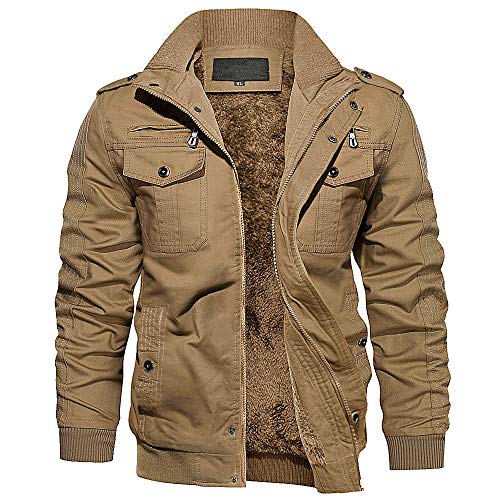James is having a "crisis of confidence" or midlife crisis or something.... Having lived in and ridden in NorCal for many years (Most of them in a nice safe 80,000 lb semi truck. I basically agree with his assessment of relative risk. It is safer, per capita on a restricted access highway than on surface streets FOR motorcyclists! . JMHO. Cages, not so much...better protection and slower speeds, etc. My biggest fear riding the FJR is the left turner that "just didn't see that motorcycle.! (Same goes for intersections, stop lights/signs, etc.) Most of the fatalities her in Boise are on surface streets due to, you guessed it, someone pulling out in front of a MC at the last second, leaving the MC rider little or no opportunity to exercise his/her skills... That my friends is called "Russian roulette"! Now, having moved to the placid, calm backwater that is Boise, ID (I am a native.), I have made an amazing discovery! The drivers here are orders of magnitude worse than those I left behind in CA... The only thing they do here a little more is signal a turn or lane change. (But that isn't guaranteed by any stretch of the imagination.) However, they often change their mind and turn the opposite direction...or stop and think about it... Every red light is guaranteed to have at least 1 "runner"... Not crossing with a "hanging" yellow, but "Yeah man, I'm going anyway!" Couple this with an observable lack of awareness which is astounding even for "normal" drivers, makes it as dangerous as hell here for a motorcyclist. Everyone has a cell phone stuck in their ear or are texting. Since there are only two limited access highways, one is forced to use the surface streets. The major surface streets have a center turn lane for miles! (traffic from both directions use the same lane. Double Russian roulette chicken style.) BTW, Idaho is the state with the ninth WORST drivers...it's official.. CA is way down the list... My solution is; headlight modulators, brake light modulators, additional lighting on top case... I don't ride during rush hour. I take back roads which I am familiar with and know EVERY intersection, etc. Finally, I don't ride at night. So, since I am retired, I can choose what risks I wish to take and at what time of day to take them. 25 years of commercial driving has given me a "second sense" as to what the "cagers" are going to do, most of the time before they do.. I've slowed down.. I guard my space cushion; except, when I use cagers as blockers and for protection always leaving my self an out... Finally, when I do get "out of town", I don't hammer it anymore. I make sure I can see what's around the bend, rather the looking through the mountain for it. I get more than enough "adrenalin rush" in town. When I'm in the mountains I get more enjoyment out of...the mountains... I'm only going to ride for a few more years. I evaluate my status often. I think that is what James is doing now. The FJR is therapy for me now. The only way I can empty my mind and my concerns about my wife's terminal cancer. After she passes away I plan to tour the country, probably with an RV, pulling the FJR. Once that is done, I really don't care anymore... But, I do have a couple of things in MY bucket list and I want to do them before it is too late. Then, sitting on the porch watching the sunrise will be enough. That and the memories of my guardian angel of the last 54 years...My Kristy.She will be waiting for me when I'm through. I will be looking forward to our reunion.






























































